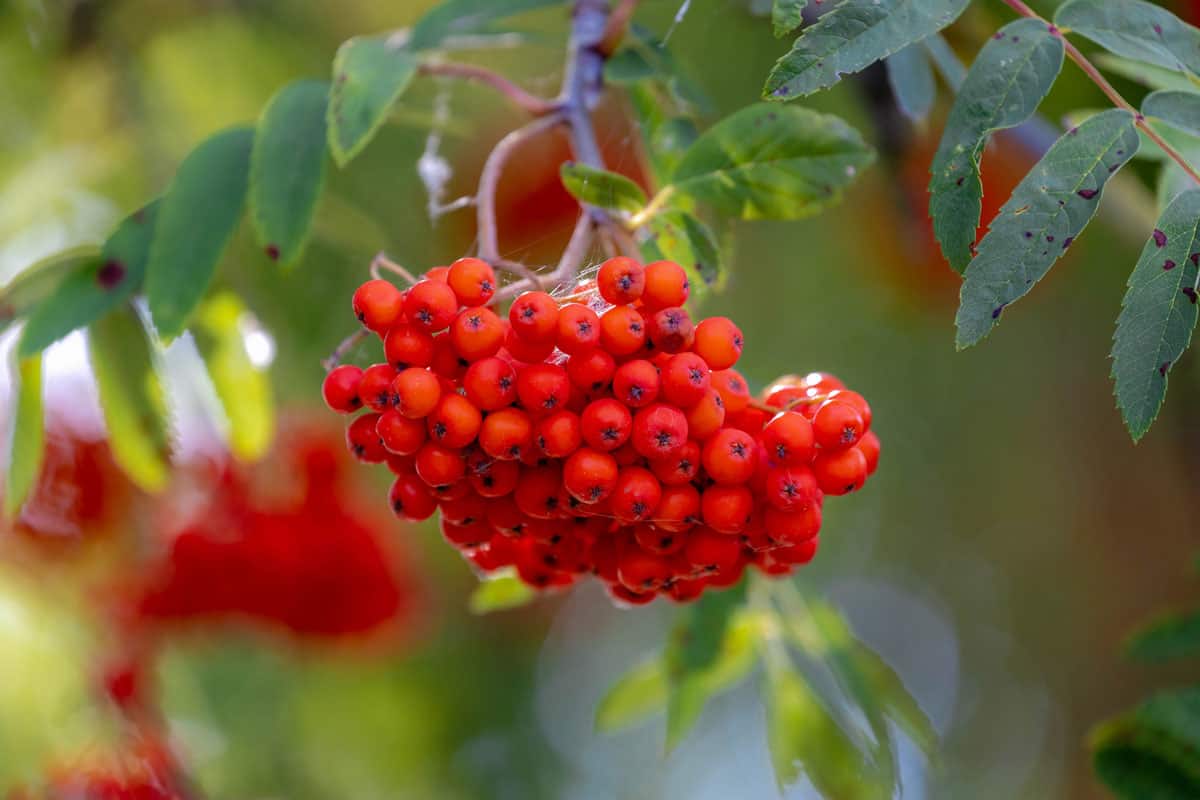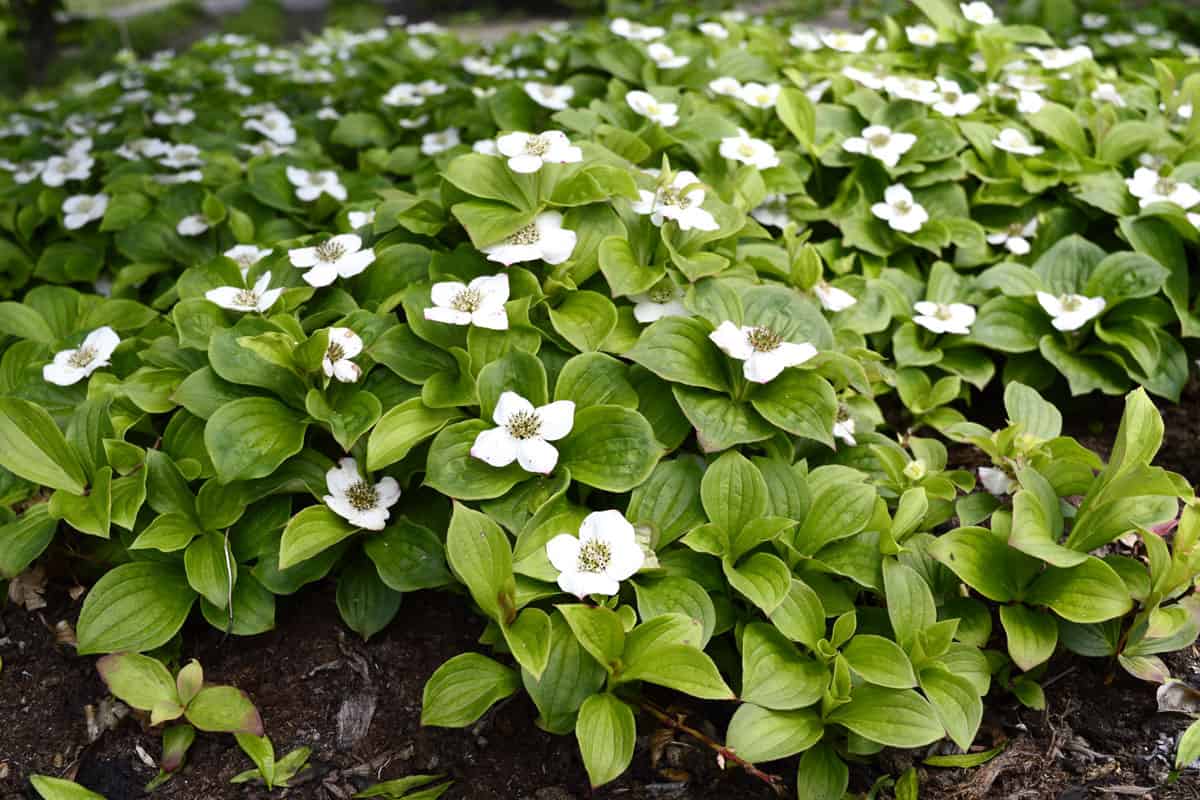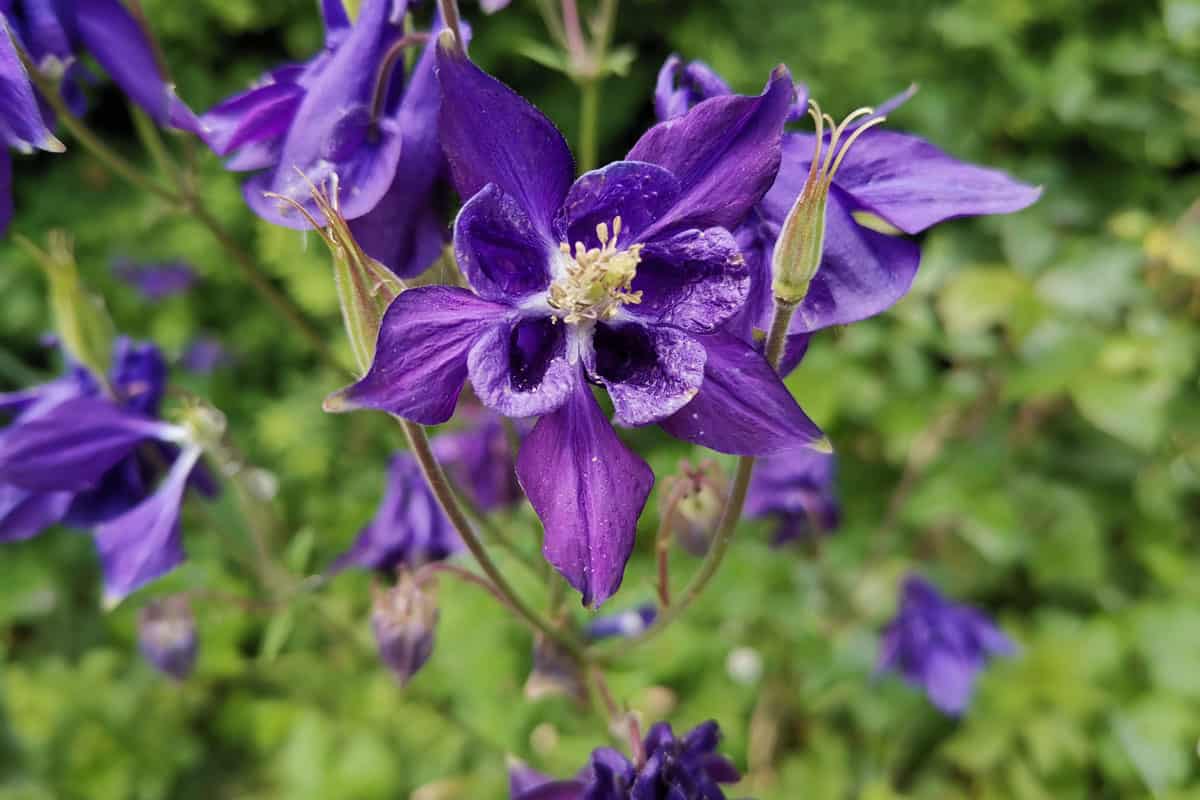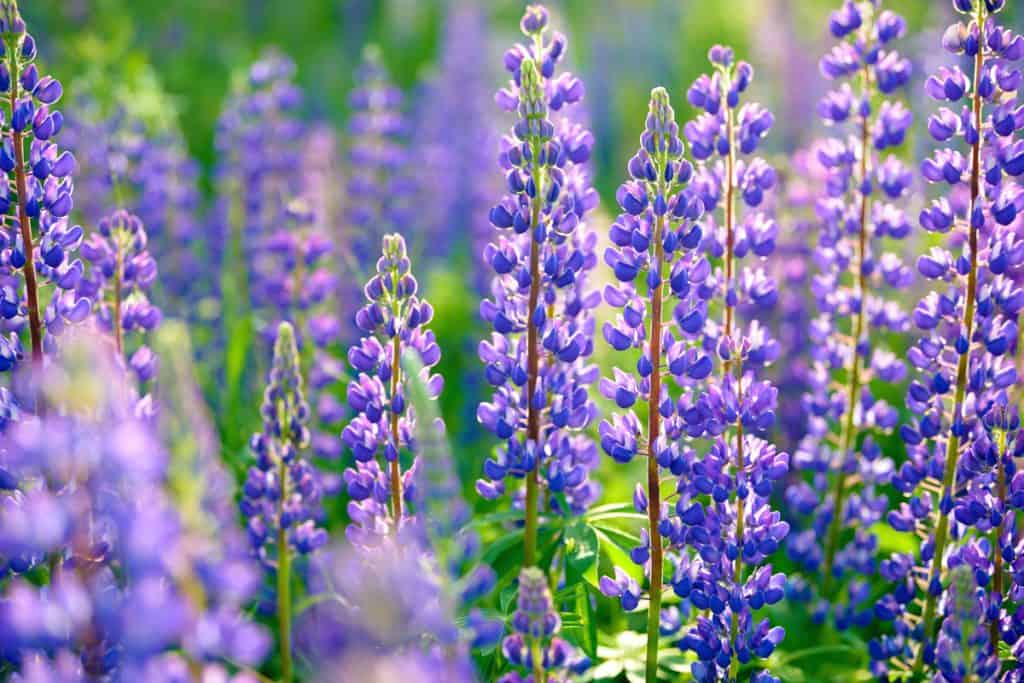Welcome to The Zone! This article is in the Garden Tabs Zone Series, where we look at all USDA Plant Hardiness Zones and recommend the top 17 plants for your region.
Zone 3a
USDA Zone 3a is characterized by minimum winter temperatures that fall between -40 to -35 °F (-40 to -37.2 °C).
In the United States, this zone encompasses regions such as the northern parts of Minnesota, North Dakota, Montana, and regions of northeastern Washington.
Internationally, Zone 3a can be found in parts of Canada, particularly in regions like Manitoba, Ontario, Quebec, and Newfoundland and Labrador.
Further overseas, this zone includes areas in northern Europe such as parts of Norway, Sweden, and Finland, and areas in Russia like Murmansk and parts of Siberia.
The climate in Zone 3a includes long, cold winters and short, cool to moderately warm summers.
The growing season is relatively short, and the conditions require plants to be resilient to freezing temperatures and potentially harsh conditions.

Here are 17 of the Best Plants to Grow in Zone 3a
1. Paper Birch (Betula papyrifera)

This elegant deciduous tree can grow to 70 feet (21.3 meters) tall. It's prized for its white, peeling bark and golden fall foliage.
The paper birch is a staple of northern forests and requires full sun and well-drained soil.
2. Eastern White Pine (Pinus strobus)

This evergreen can reach a towering 80 feet (24.4 meters) in height. It thrives in well-drained, sandy soils and can tolerate full sun and partial shade.
The eastern white pine provides excellent shelter for birds and wildlife during the cold winters.
3. American Mountain Ash (Sorbus americana)

This deciduous tree grows up to 30 feet (9.1 meters) tall and is prized for its clusters of bright orange berries and vibrant autumn foliage.
It prefers full sun to partial shade and well-drained soil.
4. Highbush Cranberry (Viburnum trilobum)

This hardy deciduous shrub, reaching 15 feet (4.6 meters) tall, produces clusters of white flowers in spring and vibrant red berries in autumn.
It thrives in full sun to partial shade and tolerates a variety of soil types.
5. Bunchberry (Cornus canadensis)

A petite perennial plant, bunchberry grows only about 8 inches (20.3 cm) tall.
It flourishes in the acidic, well-drained soils of northern forests and produces clusters of bright red berries.
6. Arctic Fire Dogwood (Cornus stolonifera 'Farrow')

This hardy shrub grows up to 5 feet (1.5 meters) tall, with bright red stems that provide color in the winter landscape.
It thrives in full sun to partial shade and various soil types.
7. Fireweed (Chamerion angustifolium)

This perennial plant can grow up to 5 feet (1.5 meters) tall. It features vibrant pink flowers throughout summer, flourishing in well-drained soils and full sun.
8. American Pasque Flower (Pulsatilla hirsutissima)

This hardy perennial, reaching up to 1 foot (30.5 cm) tall, produces beautiful purple flowers in early spring.
It thrives in well-drained soil and full sun, and its blooms attract pollinators.
9. Prairie Smoke (Geum triflorum)

This low-growing perennial, reaching up to 1.5 feet (45.7 cm) tall, is known for its unique, smoke-like seed heads. It prefers full sun and well-drained soil.
10. Showy Tick Trefoil (Desmodium canadense)

This deciduous perennial, reaching up to 5 feet (1.5 meters) tall, produces clusters of pink-purple flowers in the summer.
It thrives in full sun and tolerates a variety of soil types.
11. Alpine Columbine (Aquilegia alpina)

This perennial plant, reaching up to 1.5 feet (45.7 cm) tall, produces blue, bell-shaped flowers in late spring to early summer.
It prefers well-drained soil and partial shade.
12. Lupine (Lupinus perennis)

This perennial, growing up to 2 feet (61 cm) tall, produces tall spikes of blue-violet flowers in the summer. It thrives in well-drained, sandy soil and full sun.
13. Lady Fern (Athyrium filix-femina)

This delicate-looking fern grows up to 3 feet (91.4 cm) tall and prefers shady locations and moist, well-drained soil.
Its feathery, bright green fronds add texture to the shade garden.
14. Marsh Marigold (Caltha palustris)

This perennial plant, growing up to 2 feet (61 cm) tall, produces bright yellow flowers in the spring.
It thrives in wet, swampy areas and prefers full sun to partial shade.
15. Canada Anemone (Anemone canadensis)

This perennial, growing up to 2 feet (61 cm) tall, features delicate white flowers in late spring and early summer.
It thrives in full sun to partial shade and prefers moist, well-drained soil.
16. Purple Coneflower (Echinacea purpurea)

This hardy perennial, reaching up to 3 feet (91.4 cm) tall, produces beautiful, large purple flowers in the summer.
It prefers full sun and well-drained soil.
17. Wild Bergamot (Monarda fistulosa)

This perennial plant, growing up to 4 feet (121.9 cm) tall, produces clusters of lavender flowers in the summer.
It thrives in full sun and well-drained soil.
For more information, check out this article:
When To Transplant Coneflowers – And How To
Embrace the Challenge
Despite the challenges of Zone 3a, an array of plants can not only endure but thrive in this cold climate.
By picking these robust species, you can cultivate a diverse and vibrant garden that contributes to the local ecosystem, even in challenging environments.
Successful gardening in Zone 3a requires understanding the specific needs of each plant species.
By offering the right soil conditions, adequate water, and protection from wind where necessary, you can help these plants establish themselves and prosper.
Gardening in such a testing climate necessitates patience and tenacity, but the rewards are substantial.
There's something truly satisfying about seeing your garden flourish against the odds, bringing color and life to an otherwise frosty landscape.
So, embrace the challenge and let your garden become a testament to the beauty in the heart of Zone 3a.



